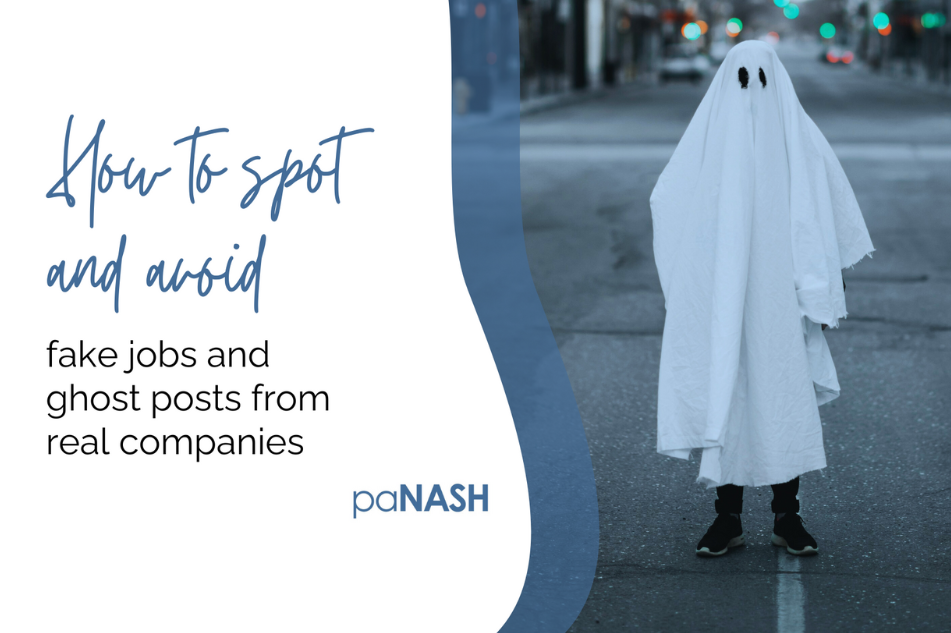|
|
Getting ghosted by employers following job interviews is frustrating enough. But now, job candidates have to beware of something called “ghost posts.” These posts are fake jobs posted by real companies.
Companies often use these posts just to give the appearance to their current employees that things are going well in the company. It makes employees think the organization is growing, or alleviates employees’ concerns about their workloads.
And sometimes companies use ghost posts to give some not-so-positive impressions, such as signalling to their employees they’re replaceable.
This practice often has positive results in the short-term, including an increase in staff morale, productivity and revenue. But at what cost?
In the long-term, the company ruins its brand and it breeds a lack of trust, not just among current employees, but also among prospective employees who fall for the ghost posts.
One recent survey showed a whopping 70% of the hiring managers polled thought this practice was not only ethical, but also morally acceptable! However, it is not! Instead, it’s demoralizing and undermining.
5 ways to spot ghost posts and avoid them
You can protect yourself from falling for ghost posts by learning how to spot them. Here’s how:
1. Look at the wording of the job post
Does the ad sound generic? If it lacks specific details, such as what you’ll accomplish in the job and who you’ll be supporting, then it’s likely a fake. Especially if most of the ad reads like a sales page for the company, trying too hard to convince you it’s a great place to work.
2. Pay attention to the posting date
If the job’s been posted for several months, especially six months or longer, the company likely has no intention of ever filling the position.
Positions posted within the past week are more likely to be legit. LinkedIn’s search filters allow you to filter your job posting results to only those posted in the past week, helping you reduce the amount of ghost posts in your search results.
3. Consider the frequency of the post
If you notice the same job gets posted over and over again during a lengthy period of time, this is also a red flag.
Even if you notice this and it’s not a ghost post, it could be a sign of something worse. For example, the hiring manager may be making bad hiring decisions. Or, the company has a high turnover rate. These are even bigger red flags.
4. Determine the history of the position
This one requires a little research. You want to find out if the position is one the company previously had, but then eliminated during economically tough times. They could be preparing for a possible reestablishment of the position, and are only gathering a pool of candidates just in case.
This isn’t the kind of job you’re looking for. You probably want something starting right away. And you likely don’t want to work for a company that has no regard for you or your time.
5. Stop spending so much time searching job posts!
The best way to avoid getting duped by ghost posts is to spend more time networking and less time answering job ads. I say it all the time, but it’s always worth repeating:
Since 80% of the current workforce found their jobs through networking, you should spend 80% of your job search networking and only 20% answering job ads. Not the other way around.
Let paNASH help you with improving your networking skills so you can get the real scoop on potential jobs. Click here to schedule a complimentary initial consultation.





